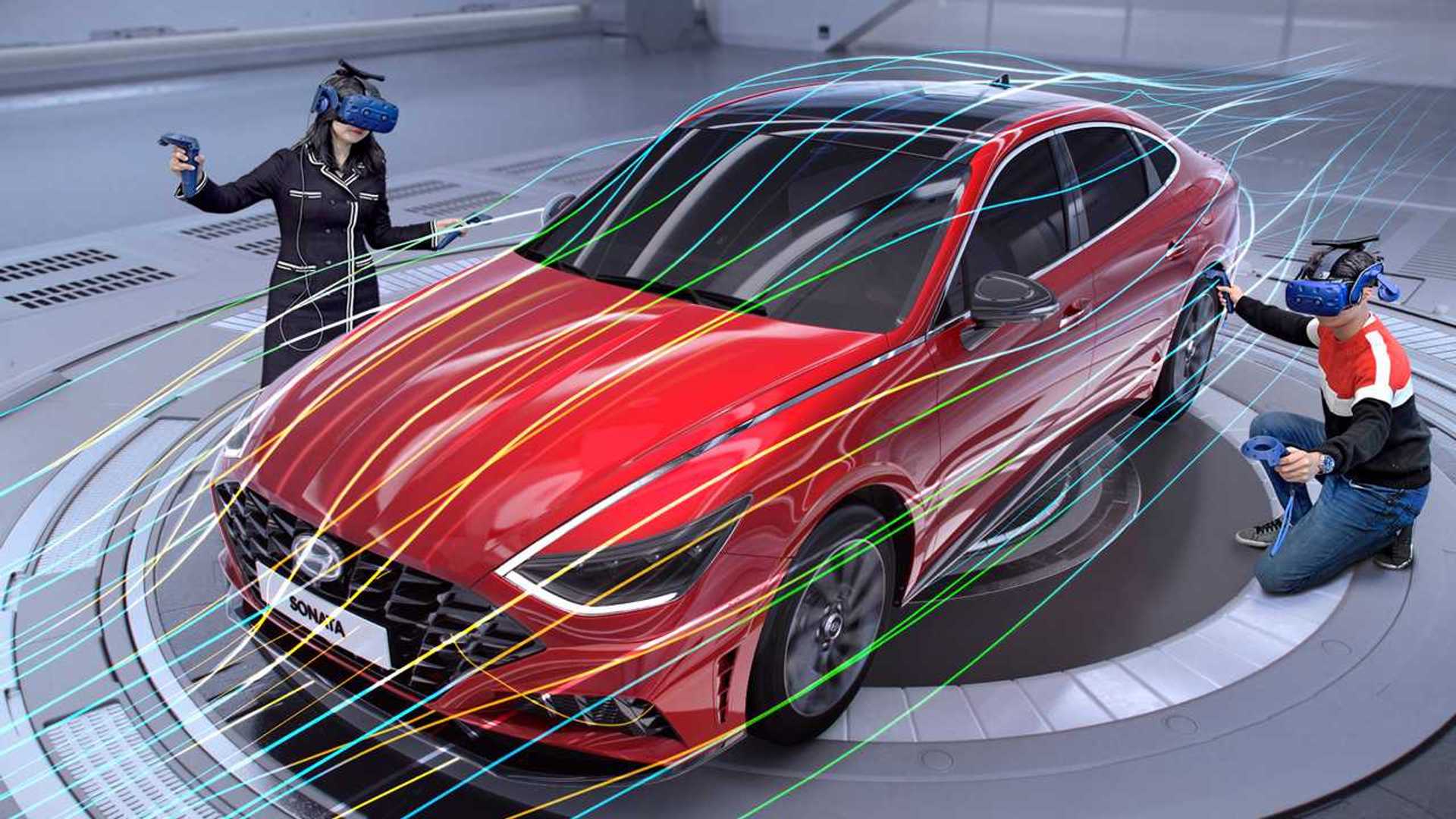The automotive industry is a constantly evolving field that requires frequent updates and advancements in technology to keep up with the ever-changing demands of consumers. Automotive prototyping is a crucial step in the development and components of new vehicles, as it allows engineers to test and refine their designs before they hit the market. However, traditional prototyping methods can be time-consuming and expensive and can significantly slow down the development process.
To address these challenges, automotive companies are adopting best practices for prototyping that can help reduce development time and costs. These best practices include utilizing digital design tools, incorporating 3D printing technology, implementing rapid prototyping techniques, and engaging in collaborative development with suppliers and partners.
In this article, we will explore these best practices in detail and discuss how they can be applied to improve the efficiency and effectiveness of automotive prototyping. By adopting these practices, automotive companies can accelerate the development of new products,
reduce costs, and ultimately deliver high-quality vehicles and components to their customers.
Emphasizing Early Collaboration
The automotive industry faces new challenges with the increasing car complexity, strict safety and environmental regulations. Several key points, such as sharing platforms, offloading development work, and rethinking distribution models, will require early collaboration and innovation to address these challenges.
The collaboration between manufacturers, engineers and designers in automotive manufacturing allows you to reap the rewards. It creates an aesthetic, navigation-friendly interface, and they efficiently work together. The designers create the idea that improves the customer’s experience, engineers bring the idea to life, and manufacturers create a final product.
The strategy to encourage early collaboration, like cross-functional teams and regular projects, is to achieve a common goal by collaborating.
Applying Design for Manufacturing (DFM) Principles
Design for manufacturing (DFM) is a skill that helps you save costs while delivering a premium product. It allows you to produce cost-effective products quickly, compromising on quality and functionality. Apart from maintainability, readily repair and upgrade your parts using these five DFM principles.
Production Process
The correct manufacturing process is critical to producing the right product or part. The use of reduced-capitalized methods in the process makes the product effective. The process should have complete optimization to fit each component during production. Besides, process tolerance and required material are also necessary.
Part Design
A simple design is the best way in terms of cost, automotive parts manufacturing, use and maintenance, and the stickiness of design on all manufacturing principles is critical for a part. The part design should include more details like thickness, specifications, texture and consistency.
Product Material
The selection of the correct materials saves time and money, and it depends on the expectations of the product. Some aspects like flammability, strength, electrical resistance, machinability, and surface finish help manufacturers choose the proper material.
Service Environment
The service environment evaluation is essential in functional product manufacturing at low production costs. You must consider the environmental factors’ intensity during the DFM process as it impacts manufacturing costs.
Testing
The testing of the product must be thorough, and all components must conform to industry standards. These standards may include industry, third-party, and internal or company standards.
The strategy to use the design principle is to reduce the complexity and production cost and potential for errors, failures and defects. Furthermore, reducing the number of parts in a product is the quickest way to reduce the cost while reducing the amount of material required, engineering amount, production, labor, and others.
Leveraging Rapid Prototyping Techniques
Rapid prototyping has revolutionized manufacturing to a great extent, revolutionizing and simplifying as technology advances. Rapid prototyping involves several techniques to create a three-dimensional model of a particular product or a mechanical part of an object. The following custom metal fabrication prototype techniques leverage you by lowering time and costs while producing products.
CNC Machining
Using CNC machining rapid prototyping technique converts raw materials into finished parts within hours, getting them quickly to the market. CNC machining is accurate, easy to modify with no fixed tooling and works with many materials.
3D Printing
It involves layering a design on top of a three-dimensional solid object to create the object layer by layer. It is the opposite of subtractive manufacturing and allows you to make complex shapes using less material in lower time.
Sheet Metal Fabrication
Sheet metal fabrication is a technique that turns steel or aluminum flat sheets into products by cutting, folding or assembling using special tools like band saws and chops saws.
Injecting Molding
Molds are filled with molten materials during injection molding to produce large volumes of parts. It works as mass production to create thousands of identical items using metals, glasses, elastomers, and confections.
The most appropriate rapid prototyping technique is CNC machining and 3D printing because it produces products accurately in a satisfactory environment within hours.
Implementing Robust Testing Procedures
Robust testing is the process of improving reliability and finding corner cases by inputting data that simulate environmental conditions to determine whether a system is robust or not.
Conclusion
Bringing automotive product development into this century is difficult, but engineers and architects can readily produce the parts using new techniques. Product development will transform automotive companies to conceptualize, plan, engineer and monetize new products.
The automotive industry can adopt the above practices to reduce manufacturing costs and time. Most of these practices involve incorporating digital technologies in automotive development over other businesses.
Engineers can apply DFM principles, rapid prototyping techniques and robust testing procedures to create the parts accurately in no time with low material. Manufacturers provide consumers with safe cars prepared with advanced features, using this latest technology.

